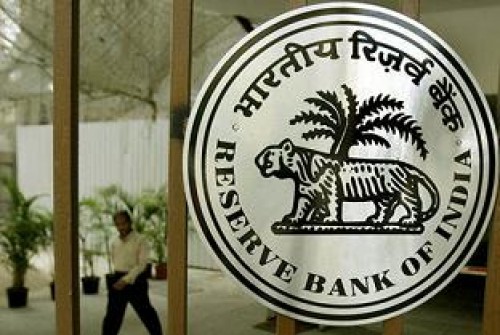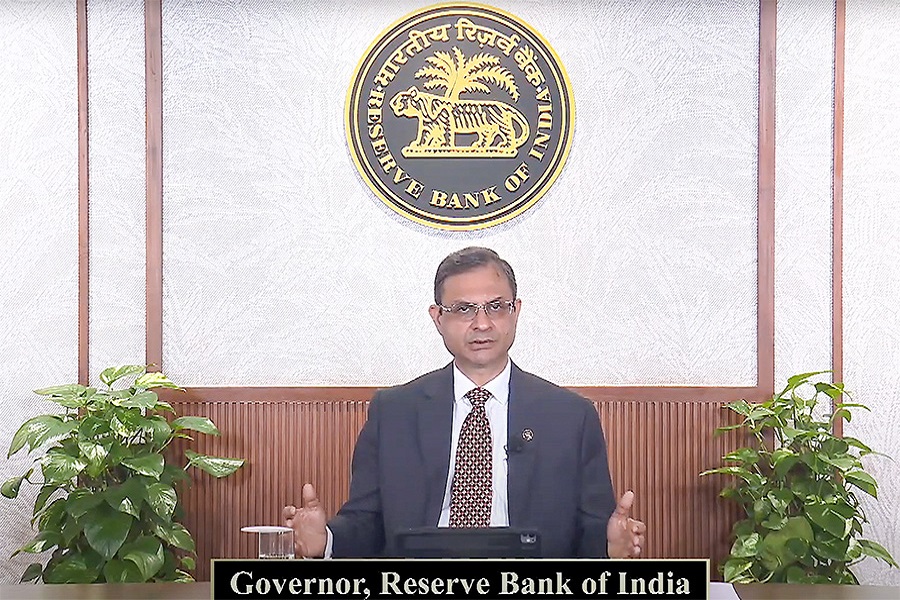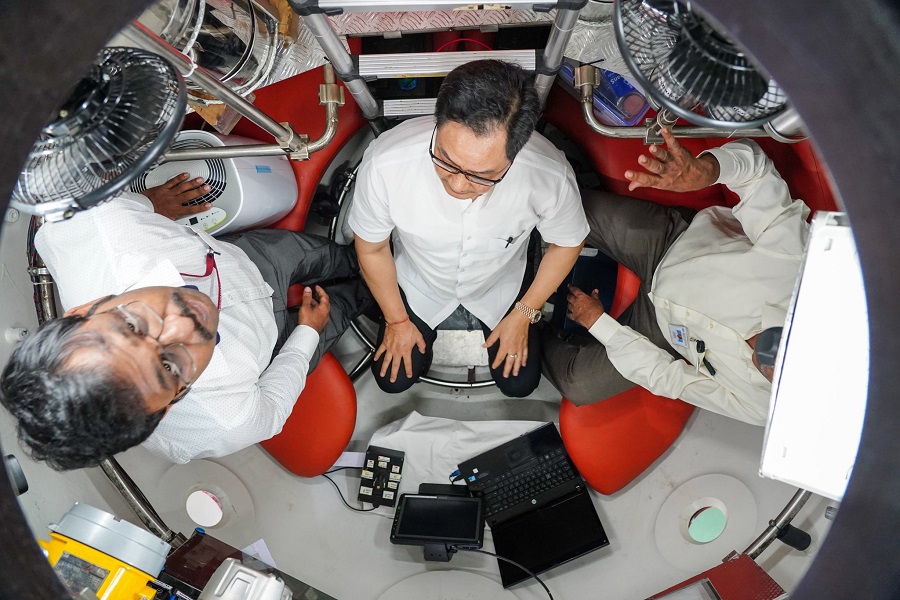RBI’s normalisation path a risk for lending business margins By JM Financial Services

RBI’s normalisation path a risk for lending business margins
RBI’s unease with the shift in monetary policy conduct is a trade-off between global headwinds and responding to the still-weak domestic recovery. The combination of global spillover of high inflation, elevated commodity prices, and slowdown in global trade, along with a decline in the post-pandemic potential GDP trajectory reflects in GDP growth being scaled down and inflation being scaled up. RBI’s strategy of liquidity normalisation gets refined by the introduction of SDF, and together with earlier measures it has led to a significant rise in market rates. Expecting this trend to sustain, we expect India 10 year to rise further to 7.75%, with an upside rise. Speedy rate hikes (+200bp) and expected balancesheet rundown by the US Fed (95bn/month) will see US 10-year rising further to over 3.25%. Hardening of money market rates is now reflecting in higher bank deposit rates, even as bank MCLRs remain stagnant, thereby impacting margins on expected lines (see our earlier analysis here). RBI’s vacillation in hiking the repo rate amid rising market rates can intensify the margin pressure. Its projections on growth inflation and rate decisions have implications for the expected earnings trajectory of the lending industry.
RBI reboots to stagflationary risks: RBI’s policy stance continues to negotiate the global headwinds of stagflationary influence of high inflation, elevated crude prices, rising rates and scaling down of global growth amid sub-optimal domestic recovery. This has led to the acceptance that India’s growth will also be lower at 7.2% in FY23E than the earlier projection of 7.8% and inflation is likely to be higher at 5.7% in FY23E compared to 4.5% earlier projected (Exhibits 1, 2). This is a shift from the RBI’s earlier stance that high inflation will be transient. The underlying assumption that global supply chain issues will linger longer than expected mimics the US Fed
Importantly, the terminal projections for FY23 guide for real GDP growth of 4% in 2HFY23E and inflation at 5.3%, which is 100bp higher than earlier projections
However, the monetary policy stance continues to remain accommodative with unchanged policy rates, even as the intent is to reduce monetary accommodation.
Given that despite 8.9% rebound in real GDP in FY22 it is still only 1.8% higher than FY20 and private consumption and investments are slack, the RBI strategy is to remain supportive of growth to the extent possible even as it accelerates on its path towards normalisation.
Step-up in liquidity normalisation through SDF: The liquidity normalisation builds on top of the earlier strategy to use variable rate reverse repo (VRRR) and adds on an additional instrument in the form of standing deposit facility (SDF) under which the RBI will accept surplus money from banks at 25bp below the repo rate (4%) while also retaining the mechanism under fixed rate reverse repo (3.35%) and the VRRR. According to the RBI, the earlier instrument of VRRR has been successful in raising the cut-off auction rate close to the repo rate at 4%.
With the introduction of SDF, RBI has narrowed the corridor for the LAF window within +/- 25bp around the 4% repo rate, flanked by SDF at 3.75%, and the existing marginal standing facility (MSF) at 4.25% injects liquidity.
Currently the overhang of liquidity stands at INR 7.7tn, which is 4.8% of bank deposits and is significantly higher than the ideal level of 0.5% (Exhibit 3). And, hence, the overnight MIBOR rate is still low at 3.55%.
In our view, RBI appears to be treading a well-orchestrated path of liquidity normalisation that is transmitting into the rates markets without raising the policy rates. It is quite likely that the RBI may offer long duration deposits or FRRR to tackle the liquidity overhang. It gives a sense that RBI will not initiate repo rate hikes in the near future.
To Read Complete Report & Disclaimer Click Here
Please refer disclaimer at https://www.jmfl.com/disclaimer
SEBI Registration Number is INM000010361
Above views are of the author and not of the website kindly read disclaimer








.jpg)












